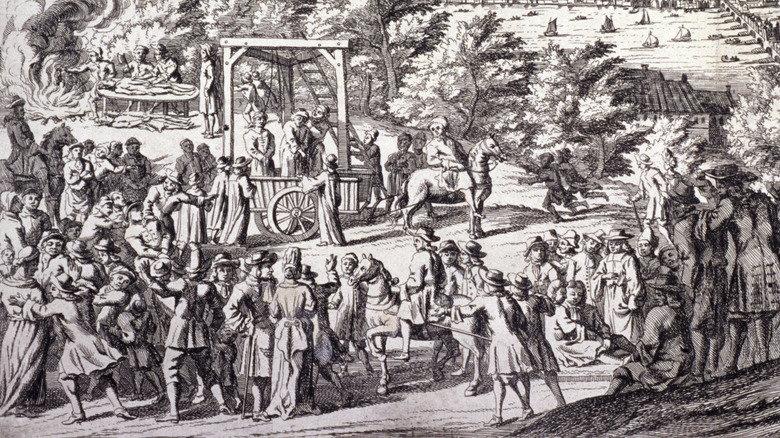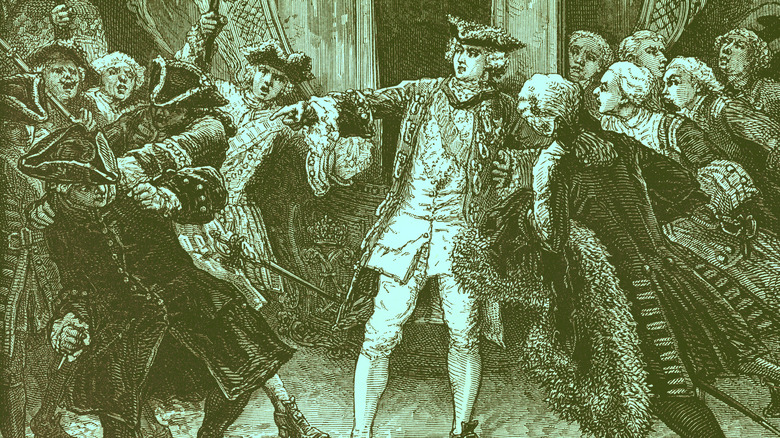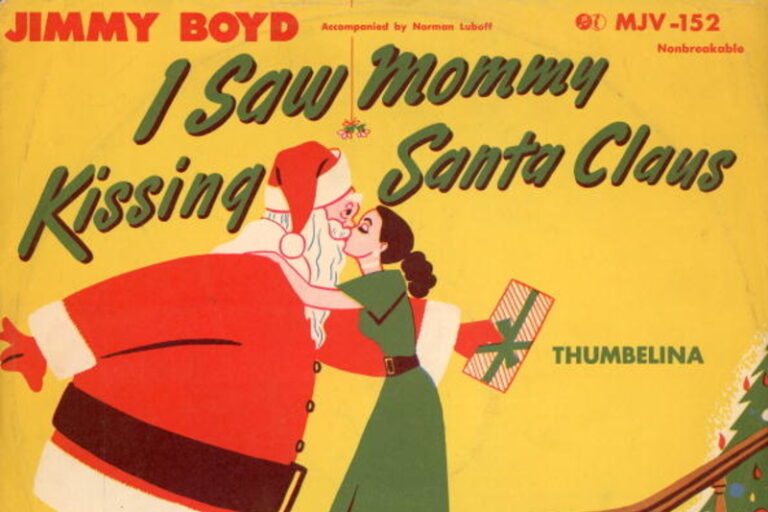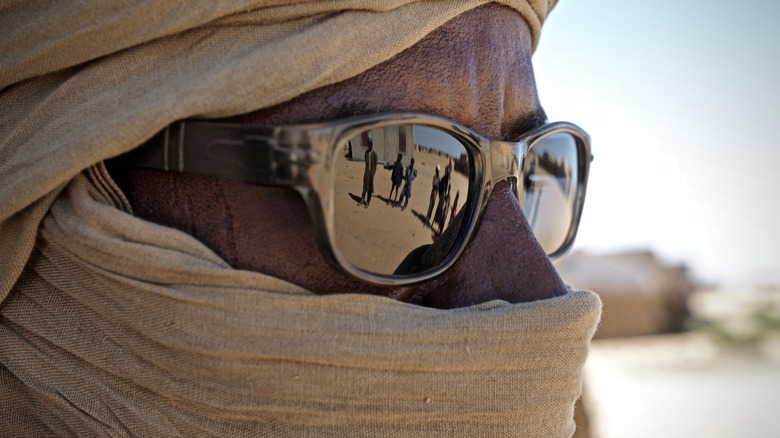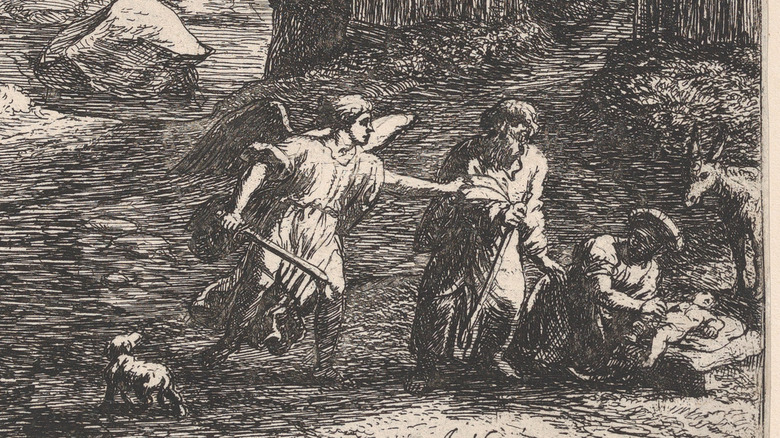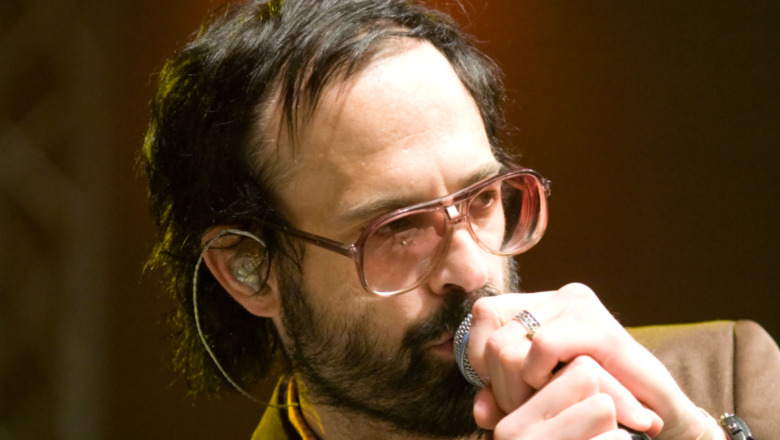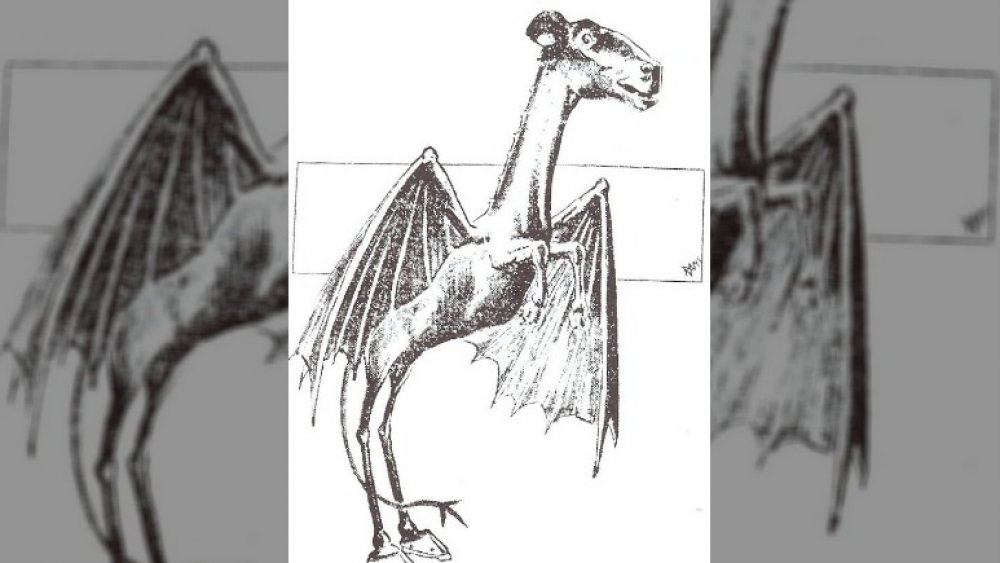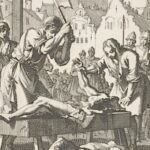
The History Of The Drawing And Quartering Death Penalty
Execution has been used as a form of punishment as far back as 18th century B.C., when the first known use of capital punishment was formally outlined in the Code of King Hammurabi of Babylon. As reported by Wright University, the code designated a total of 25 crimes, including kidnapping and robbery, which were punishable by death. The forms of execution mentioned in the Code of Hammurabi included impaling, drowning, and strangling. The death penalty gained popularity throughout the centuries and became a widely used and accepted form of punishment for a variety of violent and nonviolent crimes. In many cases, executions were public events, which were attended by adults and children.
Although no form of execution is entirely painless, one of the most barbaric forms of capital punishment was being hanged, drawn, and quartered, which is commonly referred to as drawing and quartering. As reported by Danny Dutch, the execution of Dafydd (David) ap Gruffydd on October 3, 1283, is the first recorded use of drawing and quartering. David, who was named the Prince of Wales in 1282, was convicted of high treason and various other related crimes and was subsequently sentenced to death by hanging, drawing, and quartering. David was dragged behind a horse before he was disemboweled and his entrails were burned. Finally, his body was “cut into quarters and … distributed to the four corners of the kingdom,” where they were put on display to deter similar crimes.
King Edward III popularized drawing and quartering with the 1351 Treason Act
Although drawing and quartering was first used as a form of punishment in the 13th century, the practice was popularized by England’s King Edward II in the 14th century with the implementation of the 1351 Treason Act. As reported by The Guardian, the 1351 Treason Act distinguished a difference between high treason, which was disloyalty to the king or his close family members, and petty treason — disloyalty to one of the king’s subjects.
As stated in the 1351 Treason Act, those who were found guilty of high treason were sentenced to death by hanging, drawing, and quartering. The punishment was designed to keep the convicted criminals alive as long as possible and to maximize pain and suffering. The Guardian reports that convicted criminals were bound in rope and dragged — or drawn — through the town behind a horse. Although drawing did not kill them, they often suffered severe abrasions, bruising, and even broken bones.
In many cases, crowds gathering to witness the executions inflicted injuries on the condemned as they were being dragged to the gallows. Engole reports the spectators attacked and beat them badly enough to cause injuries ranging from abrasions to ruptured organs. The criminals were then hanged using the “short drop” method, which caused great suffering and often left them in a state of shock. However, the hanging rarely killed them.
Drawing and quartering was used for more than 500 years
After the convicted criminals were hanged, they were further tortured in a variety of macabre and intensely painful ways. In some cases, the criminals were simply beheaded — one of the more merciful ways they could die. However, as reported by Engole, most of the prisoners were castrated, disemboweled, or both. If they survived, they were forced to watch as their entrails or organs were removed and burned.
A vast majority of the criminals died of shock or blood loss. But whether they were dead or not, they were then quartered. Although some criminals were simply cut into four pieces, others had their limbs tied to four horses, who ran in opposite directions and ultimately tore them into four pieces. Engole reports the body parts were often paired with warnings and displayed throughout the kingdom to dissuade others from committing treason.
As reported by The Ever Learner, it is widely accepted that David Tyrie, who was a native of Scotland, was the last person to be drawn and quartered. Convicted of being a French spy, Tyrie was hanged in front of an estimated crowd of 20,000 in 1782. After he was hanged, Tyrie was beheaded, castrated, and his organs were burned before his body was quartered. According to reports, the spectators “mobbed the scene … over pieces of his body.”
Drawing and quartering was officially outlawed in England as part of the Forfeiture Act of 1870.

The True Story Behind Mary Had A Little Lamb

This Former US President Had The Most Children
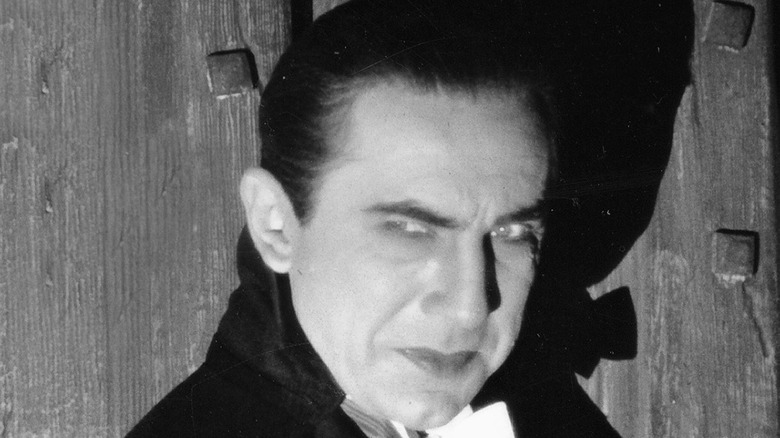
The Iconic Way Bela Lugosi Was Buried
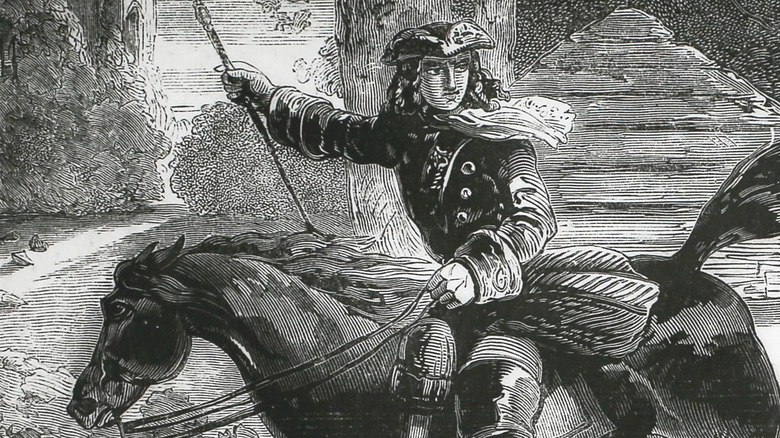
Details You Should Know About Legendary Highwayman Dick Turpin

Which Of Noah's Family Members Were Invited On His Ark?

The Truth About Caitlyn Jenner's Car Racing Career

The Truth About Underground Boxing Matches On New York's Hart Island

How Keith Jesperson's Normal Life Took A Turn For The Worse
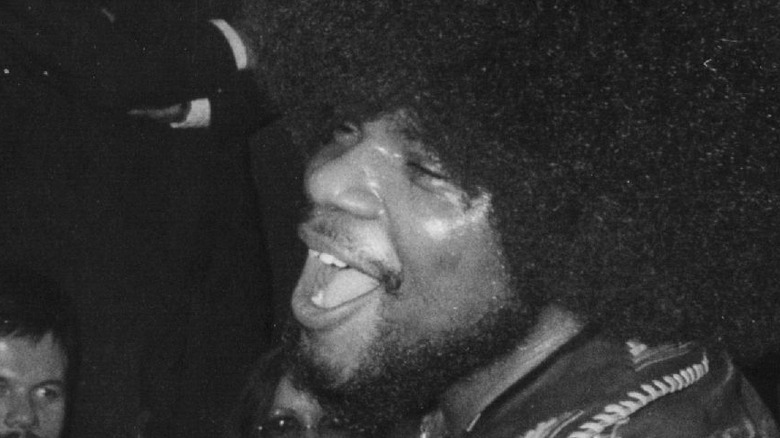
The Untold Truth Of Billy Preston

The Real Reason The Rolling Stones Didn't Perform At Woodstock
